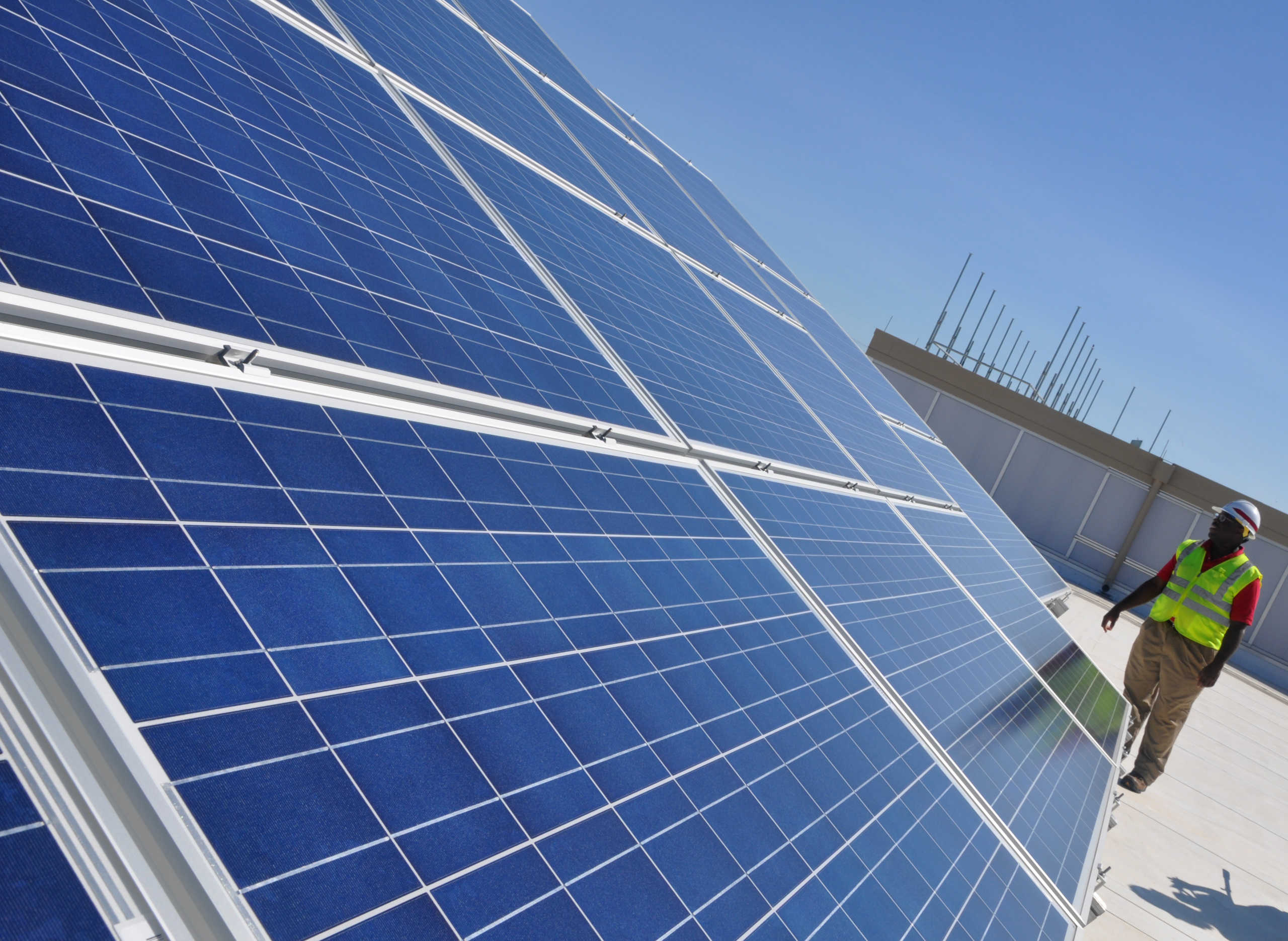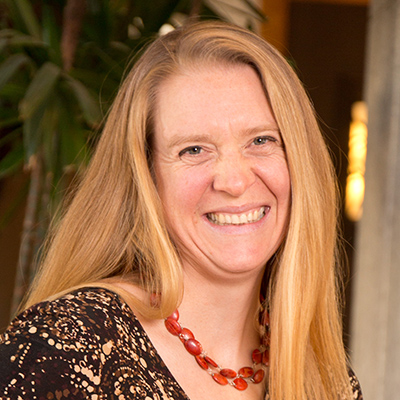
You have the power: how to electrify your home with new tax credits
Hundreds turned out for a workshop to learn how to take advantage of new tax credits to get a heat pump, go solar, buy an electric vehicles, weatherize their home and more.
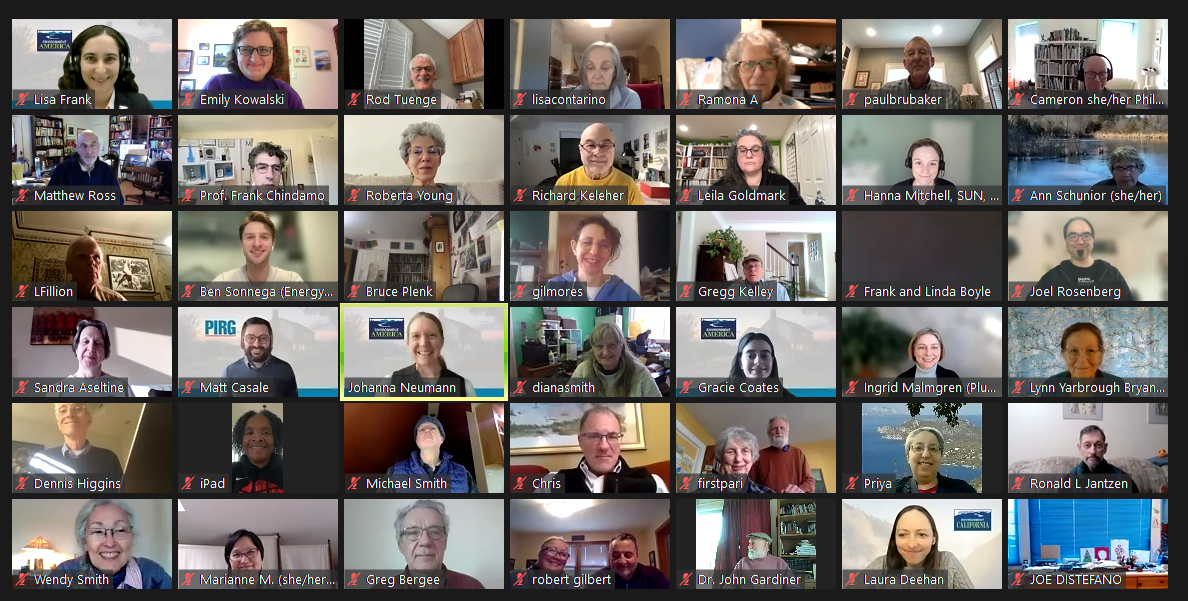
In a webinar organized by Environment America Research & Policy Center and U.S. PIRG Education Fund, speakers explained the significance of tax credits in our nation’s clean energy plan, explained what the tax credits are and then broke into small groups to discuss specific technologies.
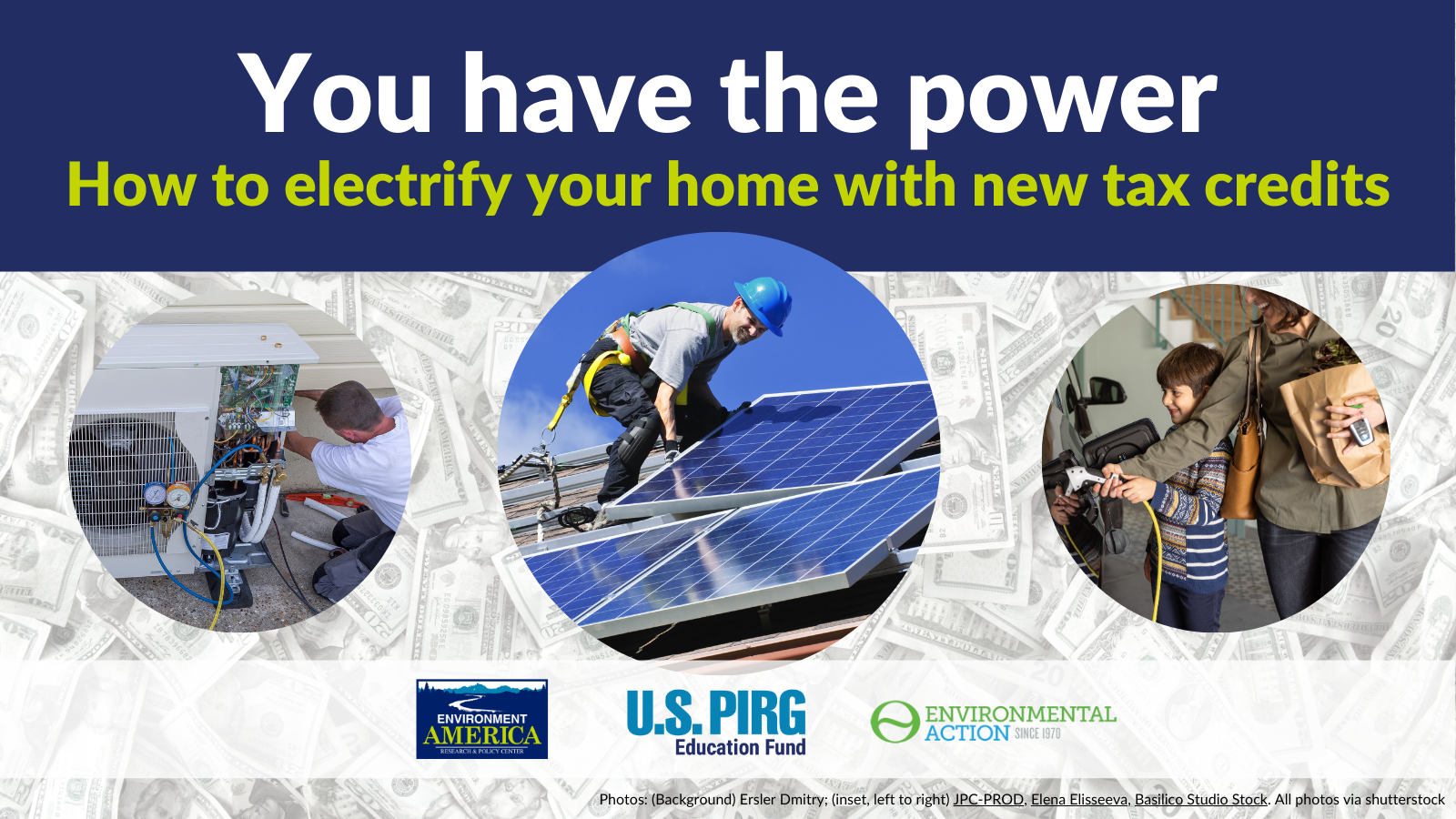
Recordings from the “You have the power” webinar
Why make your home a clean energy home?
Taking steps to make your home a clean energy home can lower utility bills, improve indoor air quality and protect your family’s health, not to mention making your home cozier and more comfortable. It’s also an incredible opportunity for Americans to use their agency as consumers to take control of our energy future.
Speakers in the opening remarks explained that the tax credits and rebates in the Inflation Reduction Act are our country’s biggest investment in clean energy ever. The package is designed to reduce global warming pollution 40 percent below 2005 levels by 2030. It has the potential to put the United States’ goals under the Paris Climate Accord within reach.
Johanna Neumann, senior director of Environment America Research & Policy Center’s campaign for 100% renewable energy explained that the climate benefits are not guaranteed. The law does not have binding caps on carbon emissions and it doesn’t set national clean energy standards. What it does do is give millions of Americans a leg-up when it comes to going solar, electrifying your home, or purchasing an electric vehicle. Neumann explained that the law’s ultimate success – its effectiveness in driving down emissions and improving air quality – hinges on everyday American consumers, community organizations and businesses – everyone in this meeting and beyond – hearing about and seizing the opportunity that the incentives and rebates offer.
The effectiveness of the policy is up to us.Johanna Neumann
Senior Director of the Campaign for 100% Renewable Energy, Environment America Research & Policy Center

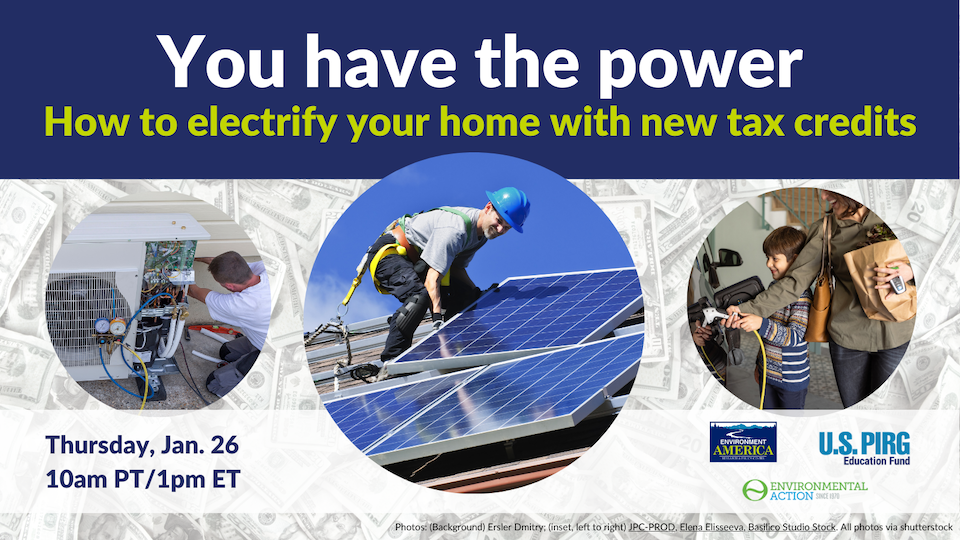
Opening remarks: You have the power workshop
The event also featured Gina Coplon-Newfield from the U.S. Department of Energy as well as the director of Environment America Research & Policy Center’s Washington legislative office Lisa Frank explaining the details of the tax credits.
The Department of Energy is helping consumers take climate solutions in their own hands starting now.Gina Coplon-Newfield
Chief of Staff, Office of Policy at the U.S. Department of Energy

Clean energy tax credits explained
Lisa Frank, Executive Director of the Washington Legislative Office of Environment America Research and Policy Center shared details about the new clean energy tax credits. She explained that if you want to go solar, you can now get 30% of the costs covered. There is no cap. The same is now true for battery storage, so you can save that energy for a cloudy day. Solar-powered water heaters are covered too.
She went on to talk about how there is now a tax credit for 30% of the cost of a heat pump or heat pump water heater, up to a maximum value of $2,000 in a year. Frank explained that you can get a 30% tax credit for many appliance and energy efficiency upgrades, up to a maximum of $600 per year. For electric vehicles, there are income limits, price restrictions on the total cost of the car, and manufacturing requirements that impact who is eligible and which cars are covered. But, since many of the restrictions do NOT apply to leased vehicles, if you want an EV but don’t qualify for the tax credits, leasing could be an appealing option.
Explaining tax credits by technology
Breakout sessions during the webinar covered heat pumps, solar and storage, electric vehicles and energy efficiency. All of these options increase energy efficiency and reduce reliance on fossil fuels. Recordings of the breakout sessions which include overviews and question & answer sessions, are below.
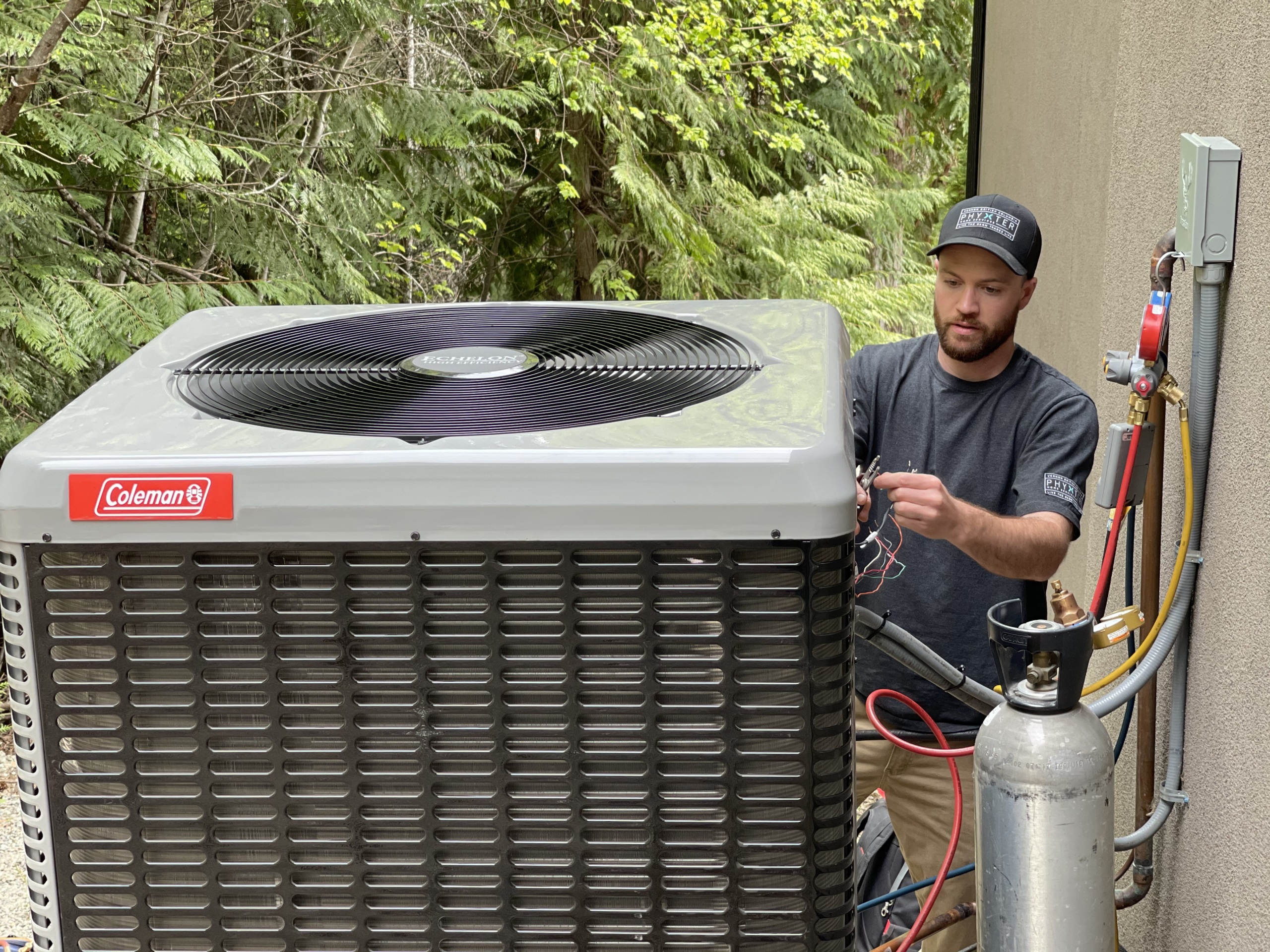
Heat pumps: how federal tax credits can help you get one

How federal tax credits can help you reduce energy waste in your home
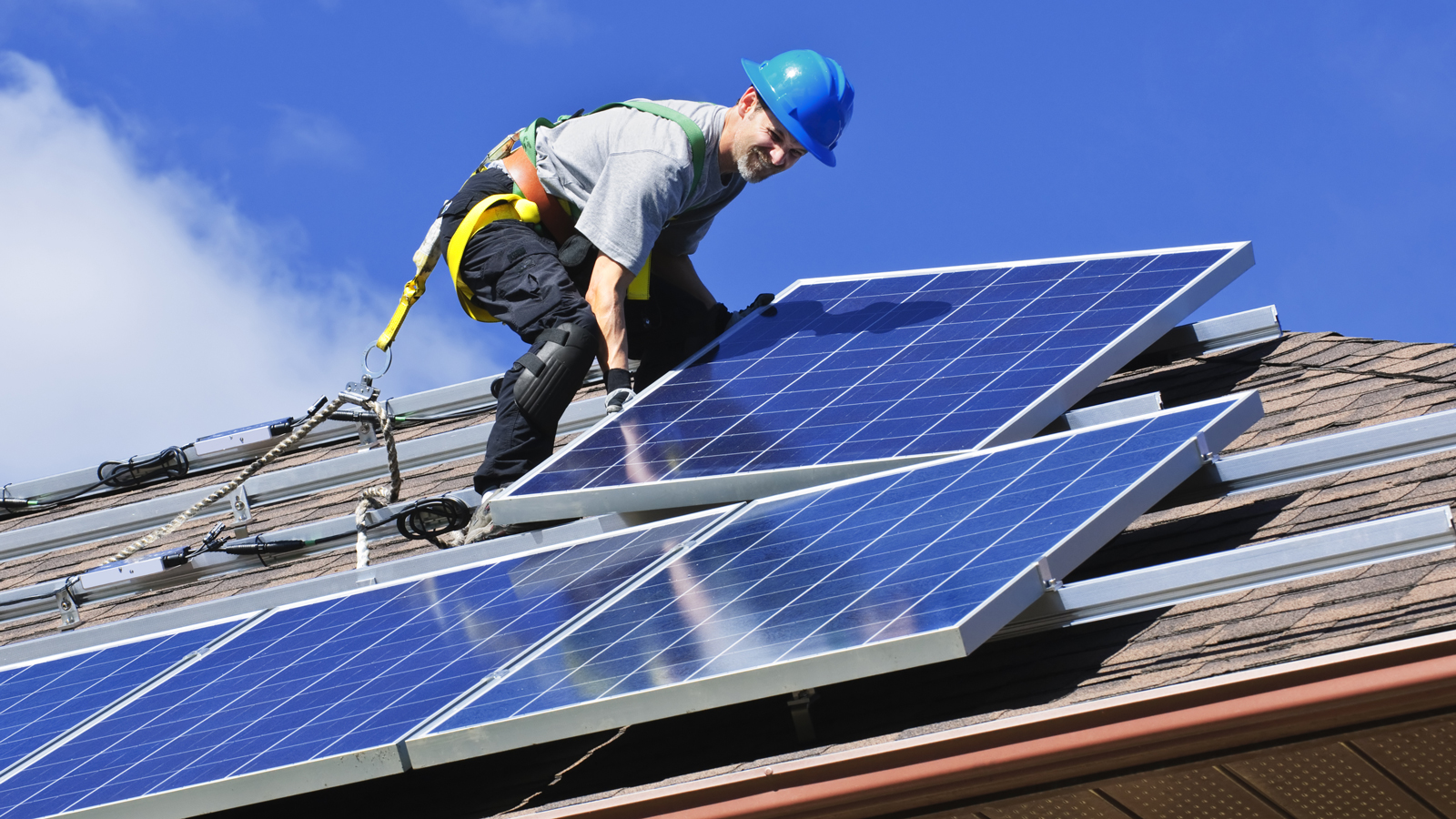
Going solar and adding storage: how federal tax credits can help
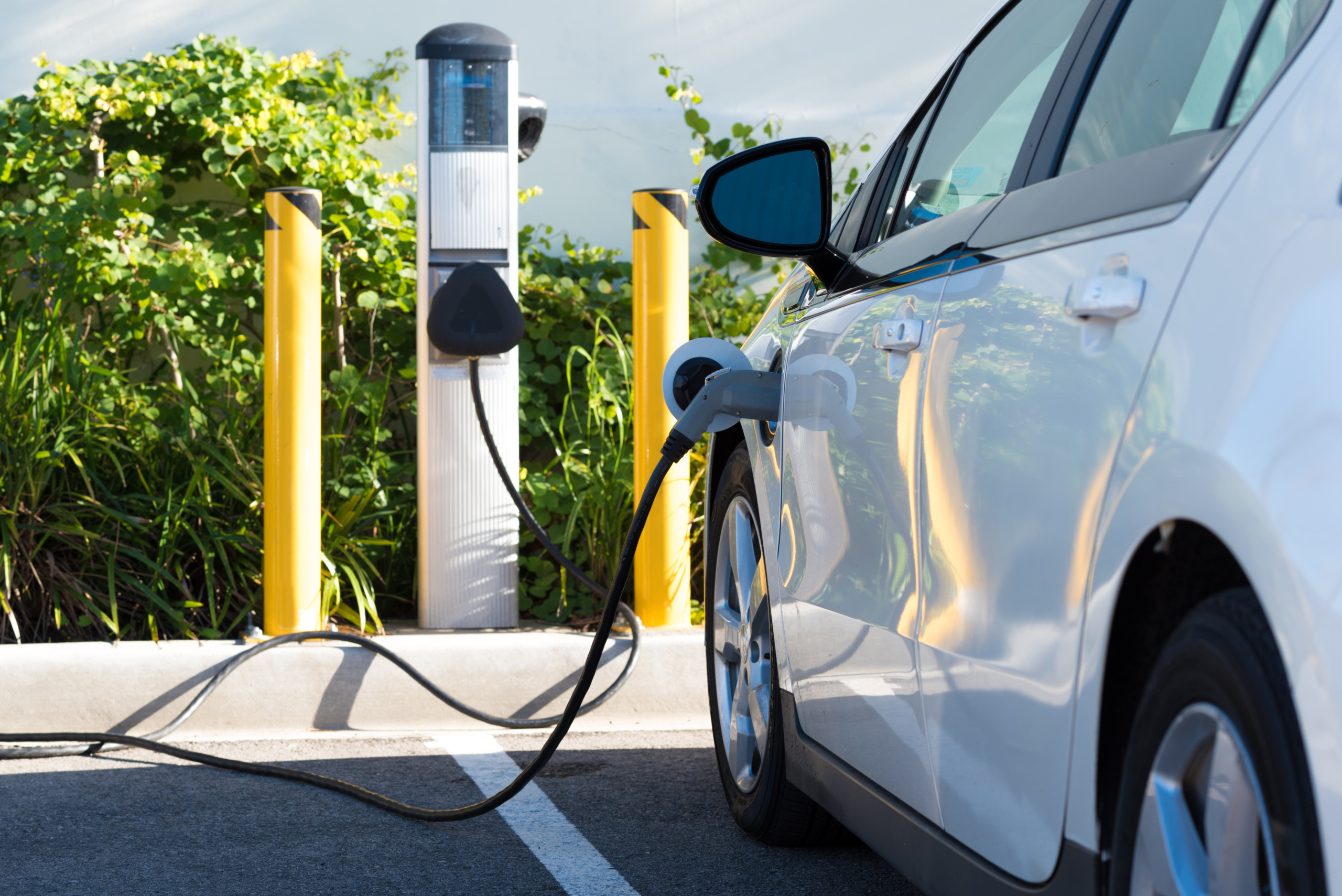
How federal tax credits can help you get an electric vehicle
It’s easier than ever to transition from powering homes and vehicles with fossil fuels to powering them with electricity, which increasingly comes from clean sources.Matt Casale
U.S. PIRG Education Fund’s Environment Campaigns Director
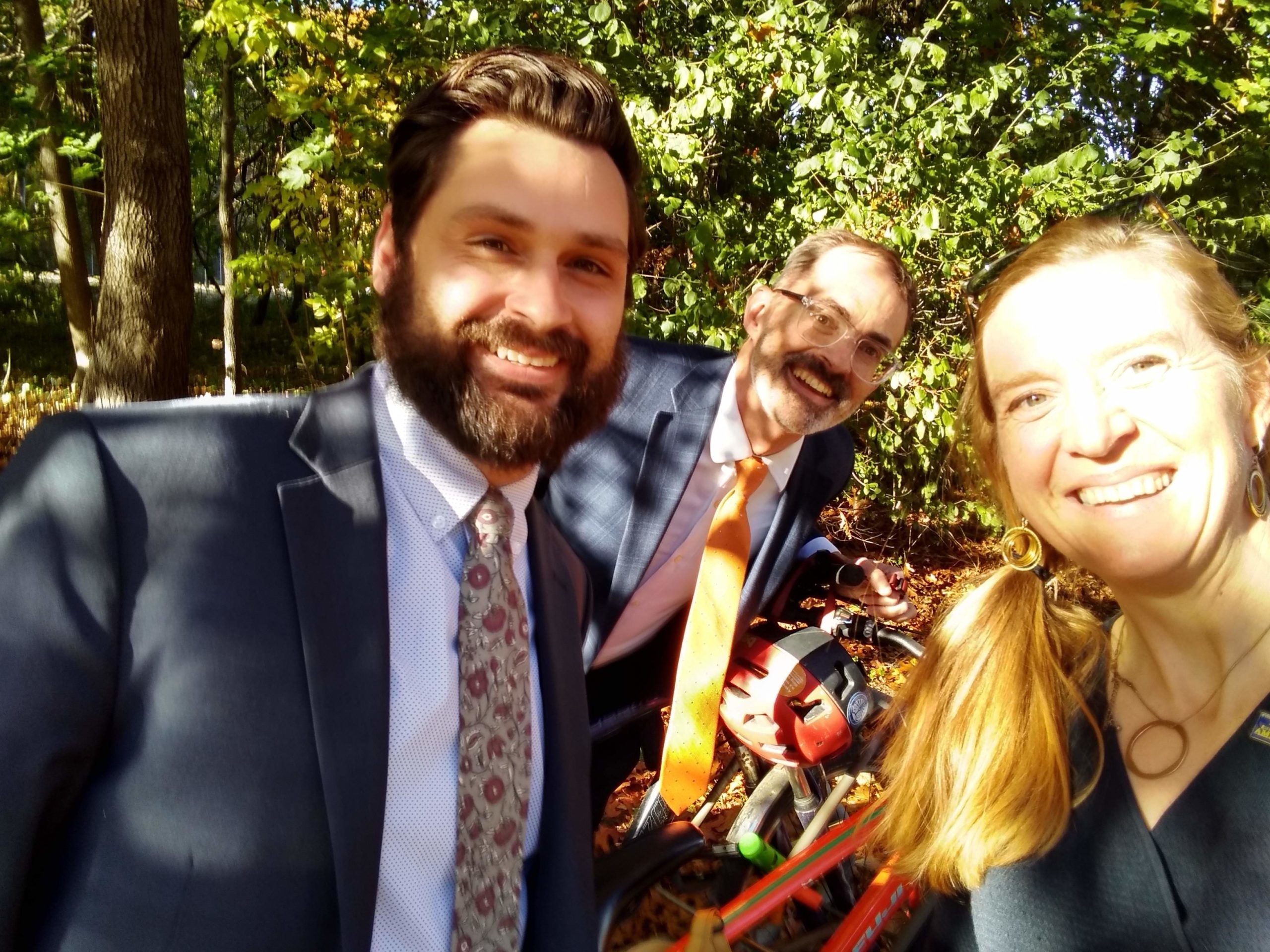
Additional Resources
Making your home more efficient and conserving energy
Electric Vehicles
What new electric vehicles qualify for tax credits? Check out the IRS’s Manufacturers and Models page and the VIN decoder for vehicle build location information from Dept. of Energy
Used Electric Vehicle Buyer’s Guide
Plug In America Tax Credit Resource page
PlugStar.com – includes state and federal incentives
Plug In America’s Electric Vehicle Support Program – call 877-EV-HELP-1 (877-384-3571)
Building Electrification
Electric Buildings 2021: A report on the health and environmental benefits of electrifying buildings
Recording of webinar on electrifying your home.
Electrify Everything in Your Home: A Guide to Comfy, Healthy, Carbon-Free Living by Rewiring America
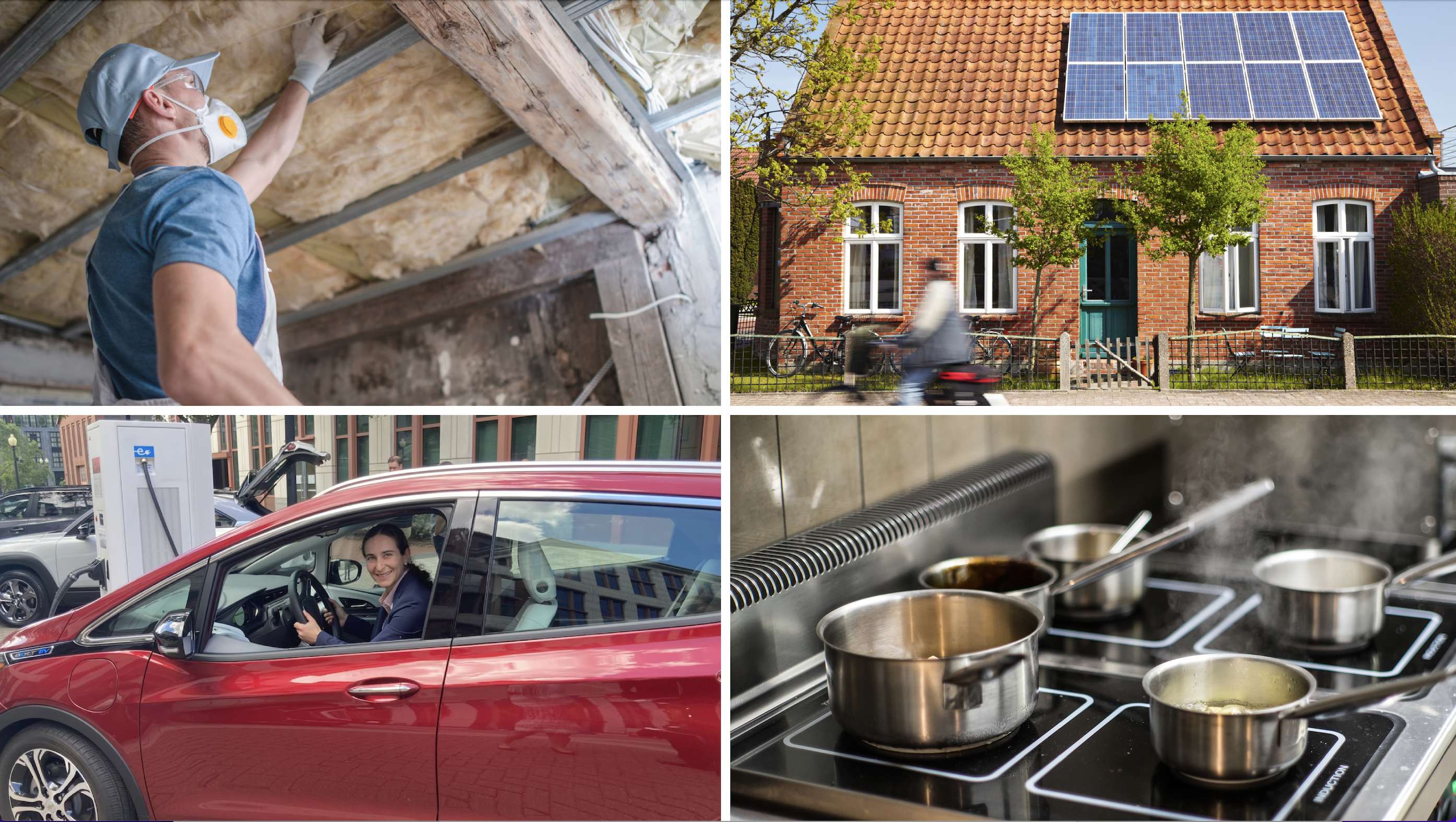
Clean Energy Home Toolkit
Topics
Authors
Johanna Neumann
Senior Director, Campaign for 100% Renewable Energy, Environment America Research & Policy Center
Johanna directs strategy and staff for Environment America's energy campaigns at the local, state and national level. In her prior positions, she led the campaign to ban smoking in all Maryland workplaces, helped stop the construction of a new nuclear reactor on the shores of the Chesapeake Bay and helped build the support necessary to pass the EmPOWER Maryland Act, which set a goal of reducing the state’s per capita electricity use by 15 percent. She also currently serves on the board of Community Action Works. Johanna lives in Amherst, Massachusetts, with her family, where she enjoys growing dahlias, biking and the occasional game of goaltimate.
Matt Casale
Former Director, Environment Campaigns, PIRG
Find Out More
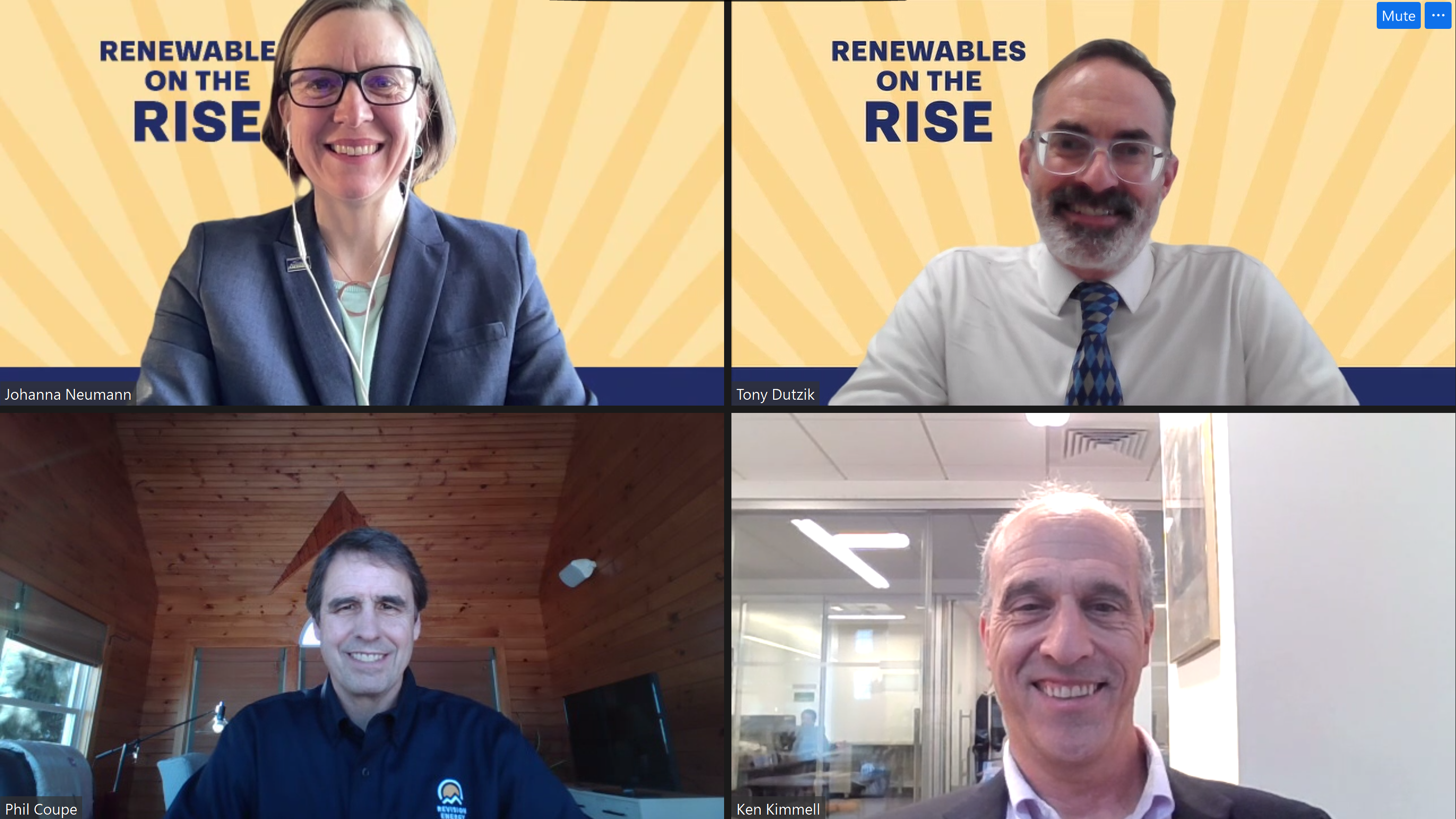
Key takeaways from Renewables on the Rise: Success Stories
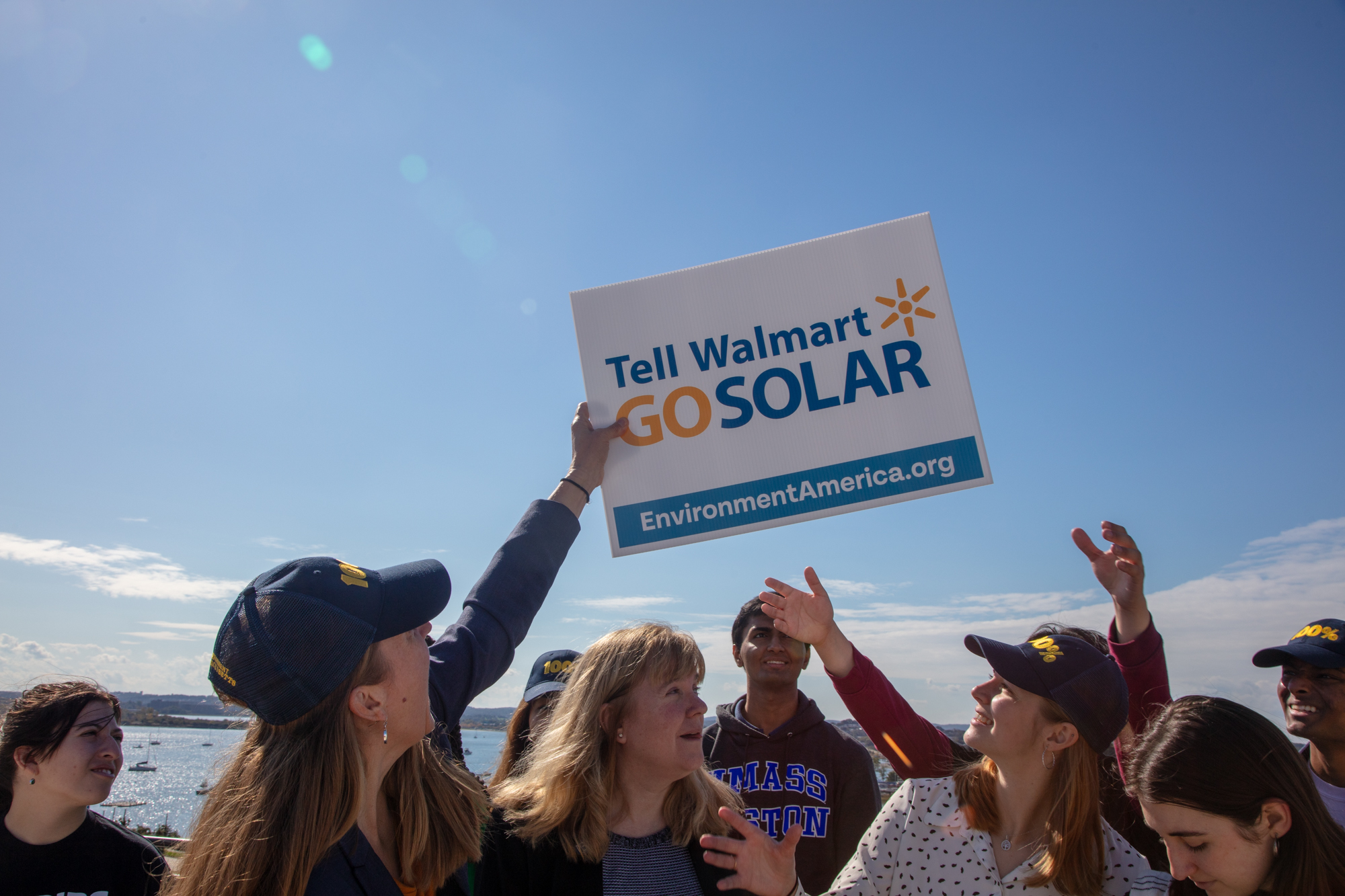
Which 10 American retailers can lead the way on rooftop solar?
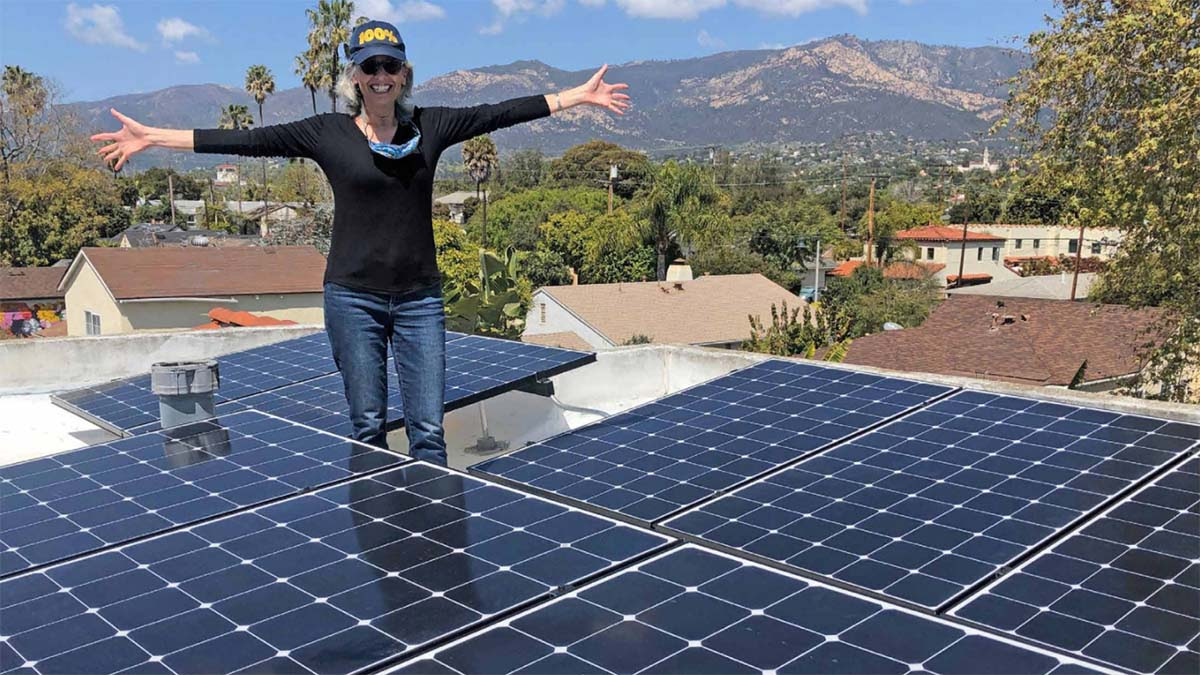
More rooftop solar, less red tape
